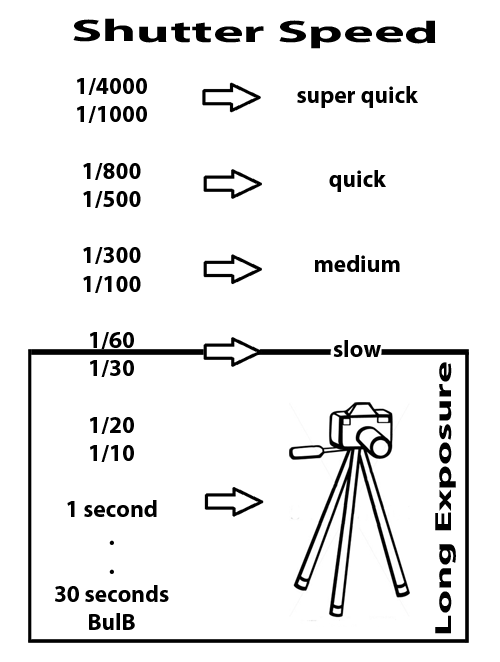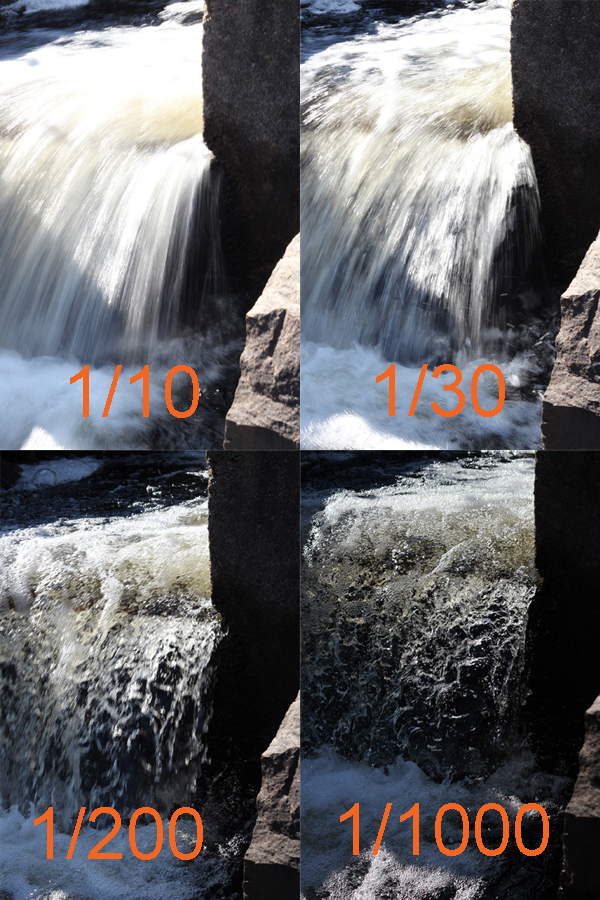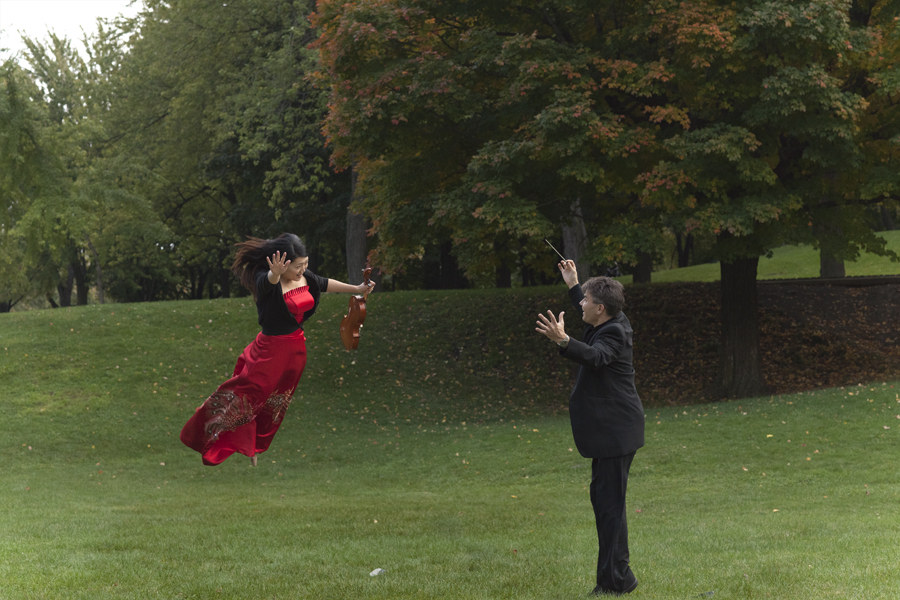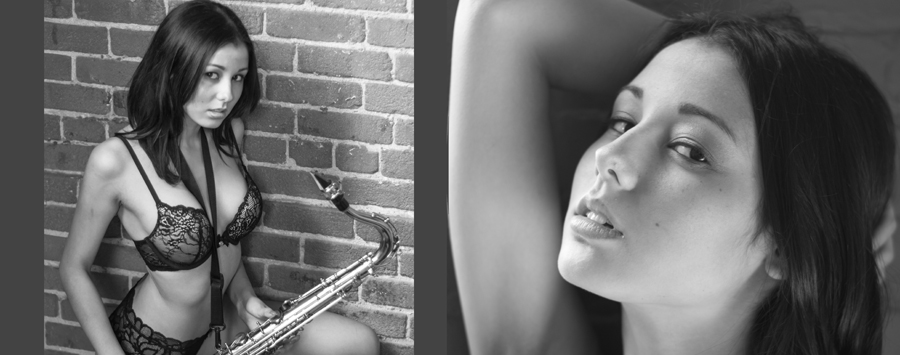Shutter speed

Shutter speed, aperture and ISO are the main three things you will have to feel if you use your DSLR camera in Manual mode. These three things are closely related to each other, we can say that they are three pillars upon which the digital photography is based.
This article is about the first pillar : shutter speed.
The collective intelligence in Wikipedia’s gives the following definition:
“Shutter speed or exposure time is the effective length of time a camera’s shutter is open.”
- The first curtain opens
- The sensor records the light
- The second curtain closes.
So far, everything is intuitive here. To get a photo you need to exposure your camera to light. The amount of time during which the light strikes the matrix of your camera is shutter speed. The measurement unit is seconds. Or, most often, fractions of a second.
You can imagine light as a stream; the longer the exposure, the greater the “quantity” of light that hits the sensor.
Typical shutter speed values in modern cameras can be:
1/8000, 1/4000, 1/2000, 1/1000,1/500, 1/250, 1/125, 1/60, 1/30, 1/15, 1/8, 1/4, 1/2, 1, 2.
The confusion comes with the fractions of a second. Let’s say the value of 1/500 second is less than the value of 1/60 second. Don’t be confused, just give it a try. Take a set of pictures with different shutter speed values. This is one of the first exercise we do with the students who are taking our photography course for beginners.
Let’s have a look of some examples of using different values of shutter speed. I made these pictures of a waterfall to help you understand the connection between time and the numbers:

- Posted by Polina Fedorova
- On October 9, 2012
- 0 Comments



0 Comments